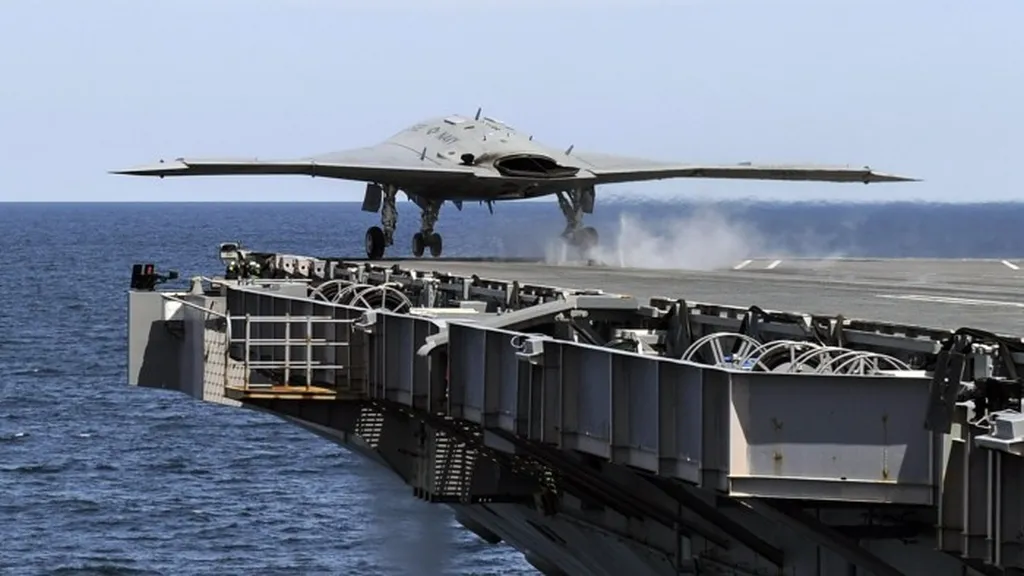Researchers from the Georgia Institute of Technology and the US Army Research Laboratory have developed a novel robotic system designed to revolutionize military gap-crossing operations. The team, led by Kevin Murphy and including Joao C. V. Soares, Justin K. Yim, Dustin Nottage, Ahmet Soylemezoglu, and Joao Ramos, has introduced Co3MaNDR—a cooperative modular robotic system that leverages cable-driven parallel robots (CDPRs) to address the challenges of constructing temporary bridges in hazardous environments.
Soldiers often face the daunting task of crossing negative obstacles such as rivers or canyons, a process that traditionally requires dangerous, time-consuming, and labour-intensive operations. Current methods rely on specialized machinery and human effort, which can be inefficient and risky. The researchers’ solution aims to streamline this process by introducing a scalable, robotic system that can deploy rapidly and operate with precision.
Co3MaNDR consists of multiple modules working in unison, each pulling on a central payload while controlling cable tensions to achieve complex objectives. This distributed robotic system enables precise trajectory tracking and force amplification, allowing operators to manipulate heavy loads with minimal effort. In experiments, the team demonstrated teleoperation of a 27.2 kg (60 lb) payload, with an operator applying only 14.5% of the payload’s weight to control it. This indicates that the system can be scaled up to handle even heavier loads without sacrificing performance or introducing unnecessary complexity.
The researchers highlight that Co3MaNDR’s design is inspired by advancements in force-controlled CDPRs, which offer a flexible and adaptable approach to robotic manipulation. By coordinating multiple modules, the system can achieve tasks that would otherwise require bulky, specialized equipment. The experiments also showcased the system’s ability to sense and amplify an operator’s applied physical forces during slow operations, further enhancing its utility in field conditions.
Beyond military applications, this technology has the potential to transform assistive construction and other sectors where heavy lifting and precise manipulation are required. The researchers envision expanding CDPR technology to uncoordinated and unstable mobile platforms, making it adaptable to unknown environments. This innovation could pave the way for more efficient and safer operations in both military and civilian contexts, setting a new standard for robotic assistance in challenging terrains. Read the original research paper here.

